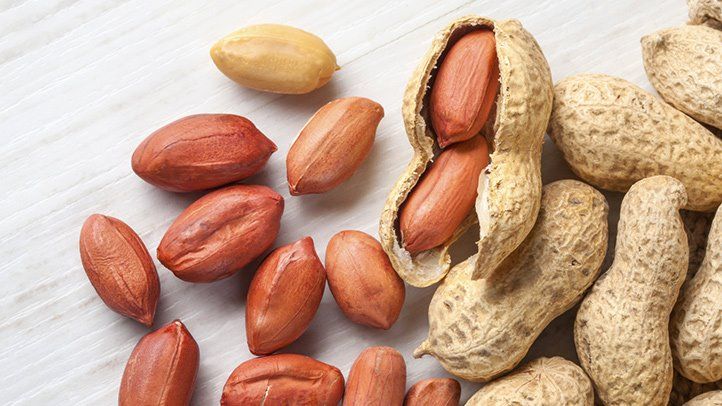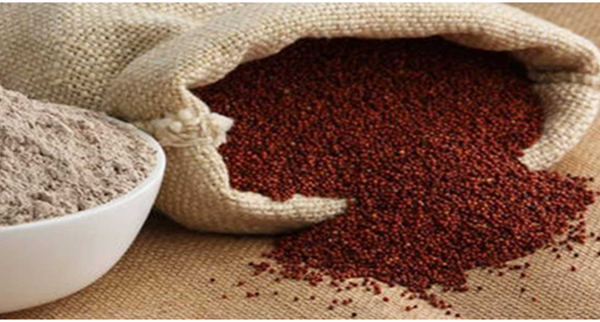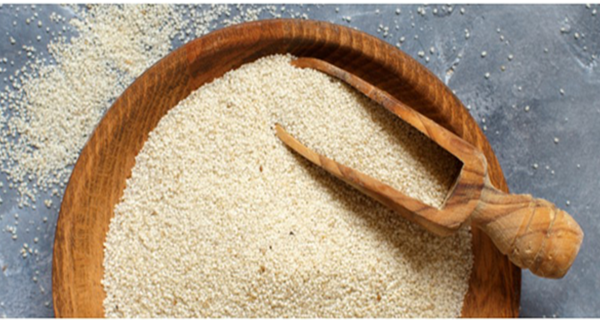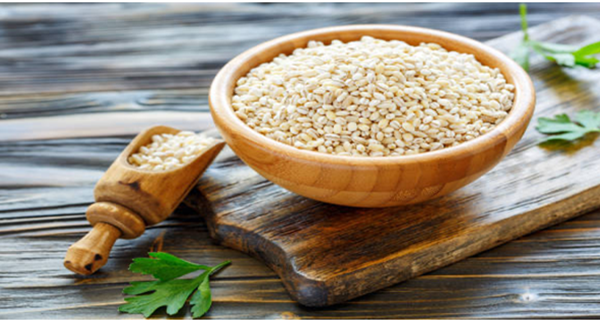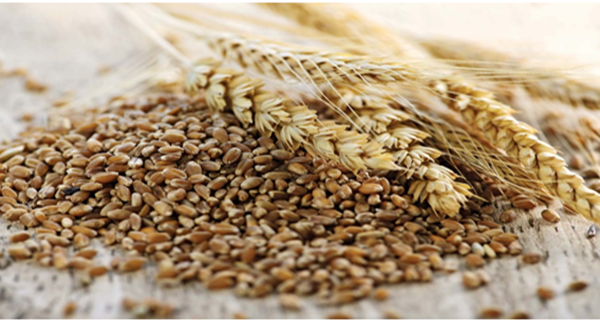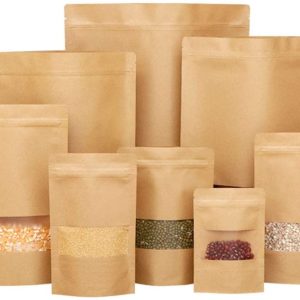Description
Peanut is an annual herbaceous plant growing to a height of 30 to 50 cm. The peanut plant can be erect or prostrate with a well developed taproot and many lateral roots and nodules. The leaves are opposite and pinnate with four leaflets; each leaflet is 1 to 7 cm long and 1 to 3 cm across. The flowers are 1.0 to 1.5 cm across, bright yellow or yellowish orange with reddish veining. They are borne in axillary clusters on the stems above ground and last for just one day. One to several flowers may be present at each node and are usually more abundant at lower nodes. The first flowers appear at 4 to 6 weeks after planting and maximum flower production occurs 6 to 10 weeks after planting. 8 to 14 days after pollination, a short stalk at the base of the ovary elongates to form a thread-like structure known as a “peg”. This pushes the ovary down 5 to 8 cm into the soil, where it develops into a pod. Pods are 3 to 7 cm long, normally containing one to four seeds.
GLOBAL MARKET DEMAND
Peanuts is widely produced in the subtropical regions including Rajasthan, Punjab, Haryana, Uttar Pradesh so on, and so forth. The Peanuts exporter in India exports their products from about 36 exporting ports including Hyderabad. New York receives one of the highest shipments of Peanuts from India. The Peanuts import from India has thus been on a rise.


